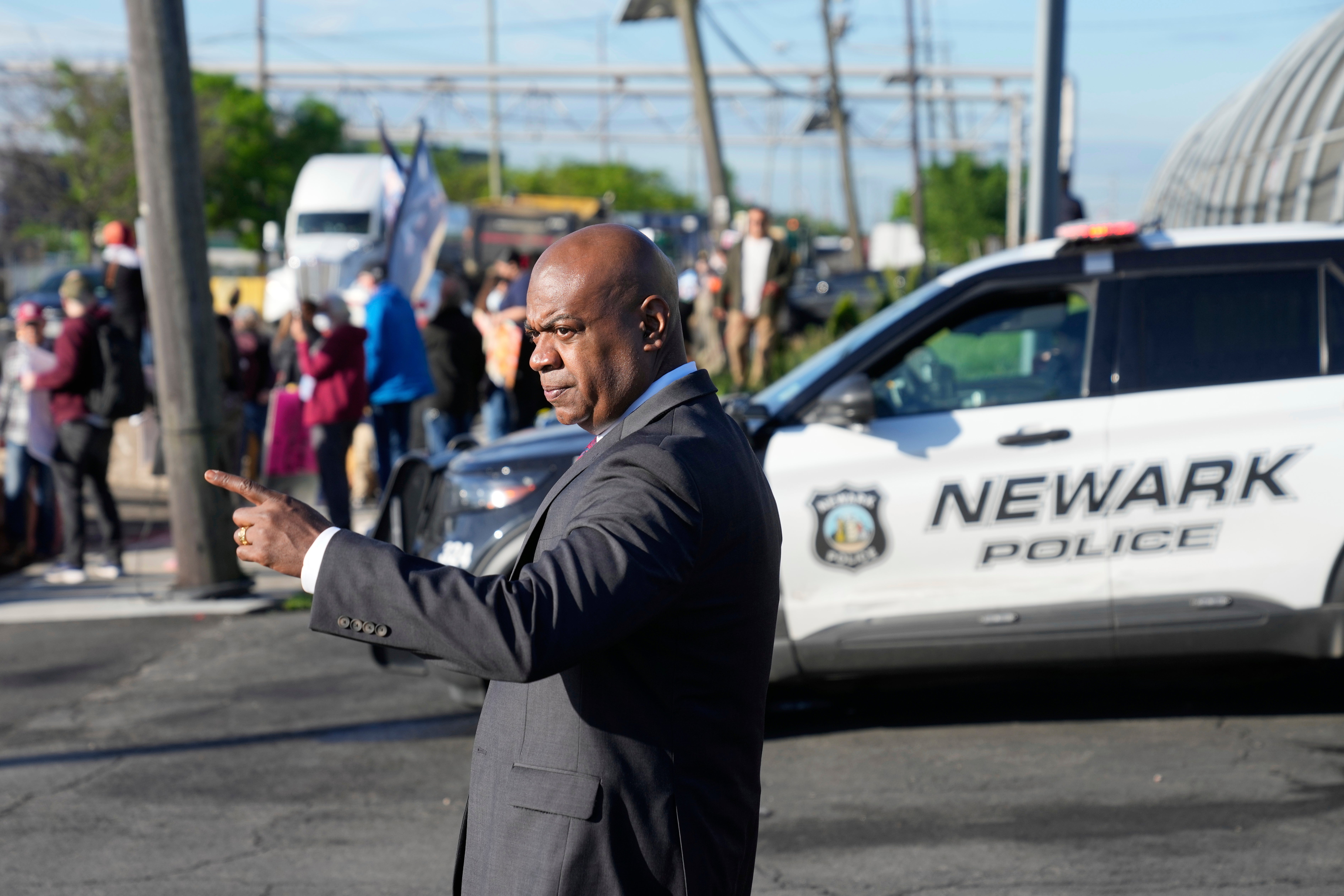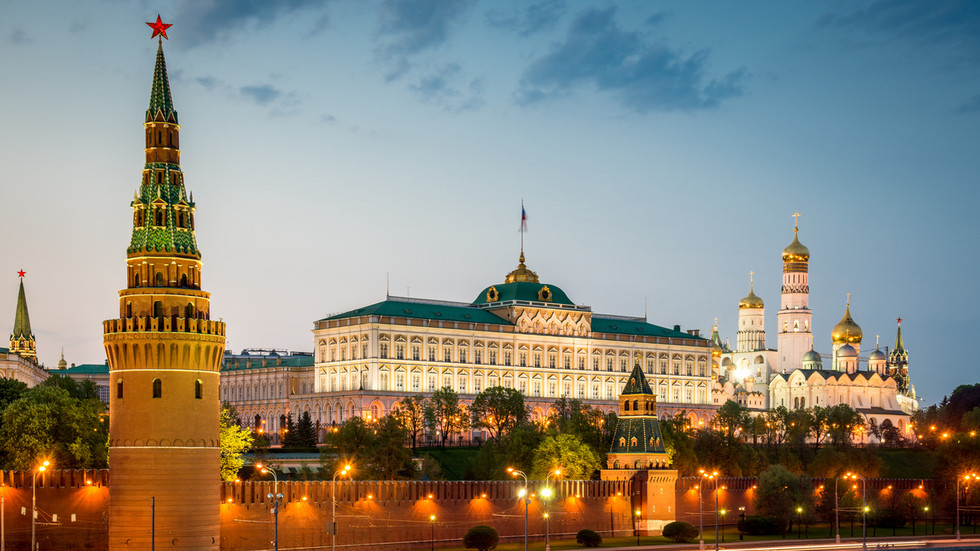Only four percent of teenagers showed up at the polls for a school board election in Newark, New Jersey, after the voting age was lowered to 16.
In total, 73 teen voters took part out of the 1,851 registered. This comes after weeks of efforts to get out the vote among 16- and 17-year-olds.
The election took place on April 15, and it was the first time the city lowered the voting age to 16 for school board elections. City leaders hoped the initiative would boost turnout, according to Chalkbeat Newark.
However, overall turnout came in at 3.47 percent, just below the 3.94 percent turnout among young voters. It was an average turnout, with about three to four percent of voters typically participating.
At the start of February, school leaders and local groups started campaigns and hosted events to push voter registration and to mobilize young voters who gained the right to vote in the Newark school board elections last year.
Democratic New Jersey Governor Phil Murphy, Newark Mayor Ras Baraka, and other elected officials participated in the effort.

New Jersey Institute for Social Justice community organizer Assatta Mann told Chalkbeat Newark that the election laid the foundation for future teen voters, adding that the learning curve, the short period to register voters, and existing voter challenges were factors in the low turnout.
“I do think that going forward in future elections we will see the turnout rise, and hopefully, in part because some changes will be made to make voting easier and accessible, especially for this group of voters,” said Mann.
Last year, Newark became the first city in the Garden State to lower the voting age for school board elections. However, voter registration problems prompted the youth vote to be delayed until this year’s election.
Advocates began registering voters on February 1, ahead of the deadline on March 25, facing the challenge of ensuring that teenagers were informed about the candidates ahead of the April 15 vote.
Mann noted that some teenage voters faced challenges similar to those faced by adults when they showed up to vote. Some found they weren’t registered, others found it hard to get to the polls because of transportation problems or other engagements.
“In spite of all these challenges, we still saw youth come out at 4 percent, which was higher than the adult vote,” Mann told Chalkbeat Newark. “Long term, it’s a good sign for civic engagement. And the possibilities for democracy, youth power building.”
“I think going forward, more school-wide events, assemblies, initiatives like that, that promote this opportunity for young people to participate in our democracy will go a long way towards making sure that they do,” Mann added.
Local elections tend to be held at different times of the year and get less attention, but moving them to be held during November’s general elections could help.
“All of the towns that still have school board elections in April usually have lower turnout rates than those in November,” Mann told Chalkbeat Newark.

 1 day ago
4
1 day ago
4









